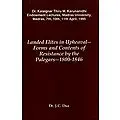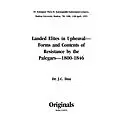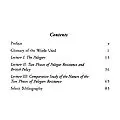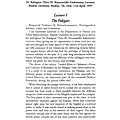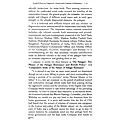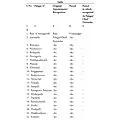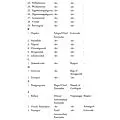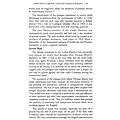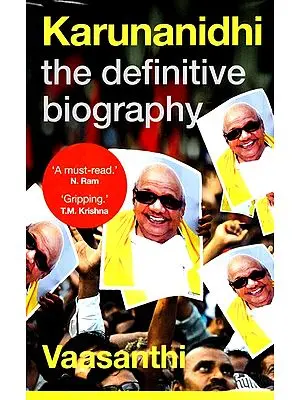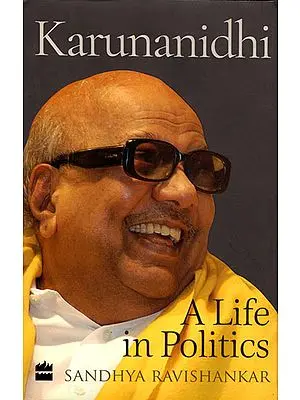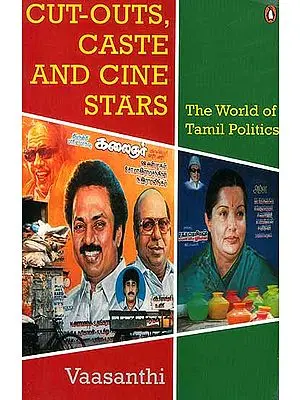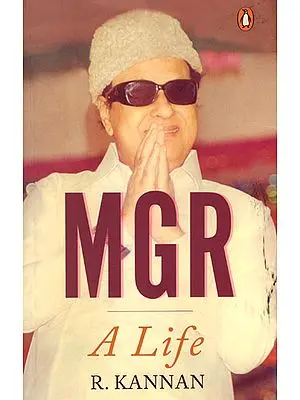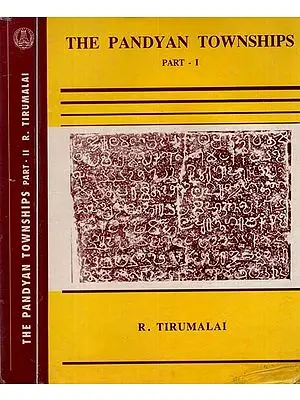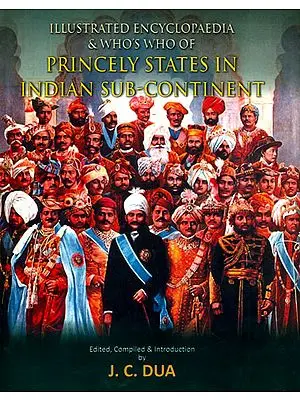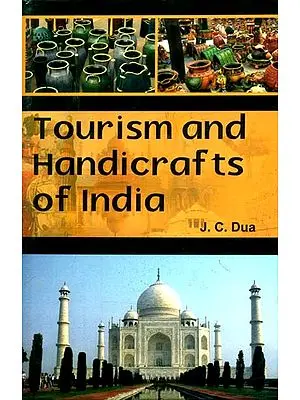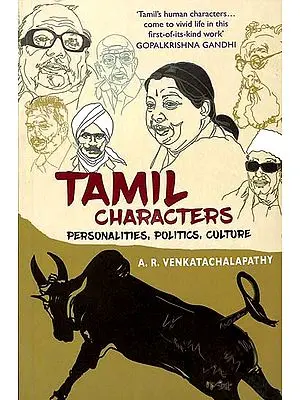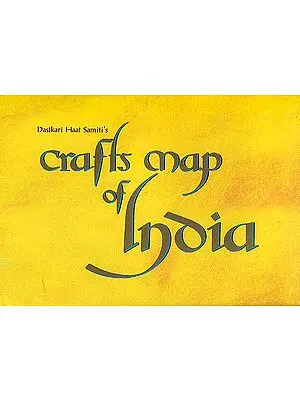Landed Elites in Upheaval- Forms and Contents of Resistance by the Palegars- 1800-1846
| Item Code: | HAI494 |
| Publisher: | Originals, Delhi |
| Author: | J. C. Dua |
| Language: | English |
| Edition: | 2006 |
| ISBN: | 9788188629619 |
| Pages: | 111 |
| Cover: | HARDCOVER |
| Other Details | 9.00 X 6.00 inch |
| Weight | 300 gm |
Based on the study of contemporary and near contemporary original documents, this book is a revised version of the lectures delivered under the auspicies of the prestigious Dr. Kalaignar Thiru M. Karunanidh Endowment Lectures, Madras University in April,1995.
This is a study of an important pre-nineteenth century political and landed institution, the palegars. and the critical analysis of nature of the two phases of their struggle in south India, especially the Ceded Districts, during the period 1800-1846.
Through these lectures the author has made an attempt to compare the power, position, and status (both de facto and de jure) enjoyed by different categories of these landed elites with the categories of the zamindars, though having different nomenclature, in northern and other parts of India during the Mughal age. The other thing highlighted by the author is that there is no doubt the resistance of these palegars during the late 18th and early 19th centuries was aimed at gaining/retaining the political and economic power and status, the resistance of 1846 was basically against the English policy towards the in'am lands (whether secular or religious) at least in south India. There was a general feeling that the English government had completely neglected the value of the indigenous institutions as a means of giving social happiness and material well- being to the people.
Dr. J.C. Dua, Reader, Department of History and Tourism and Travel Management, Dyal Singh Evening College (University of Delhi), New Delhi and formerly Principal, NBGSM College (M.D. University), Sohna, is an eminent historian who has extensively contributed on the history of Punjab and South India.
He was awarded Research Fellowship by the Andhra Pradesh State Archives, Hyderabad (1966- 1969). In 1983 he was awarded Gold Medal by the Government of Bulgaria. In 1989 he acted as Programme Coordinator for the Orientation Programme (History) conducted by the Centre for Professional Development in Higher Education, University of Delhi, Delhi. In 1995 he was invited to deliver the prestigious Dr. Kalaignar Thiru M. Karunanidhi Endowment Lectures, Madras University, Madras.
Apart from contributing a large number of research papers at the national and international seminars, he already has several books to his credit. His works include Agrarian System of South India: Some Aspects (1990), British Historiography Eighteenth Century Punjab: Their understanding of the Sikh Struggle for Power and Role of Sardar Jassa Singh Ahluwalia (1992), British In 'am Policy & Palegar Resistance in the Ceded Districts: Select Documents relating to Narasimha Reddy's Resistance 1845- 46 (1994), Palegars of South India: Forms and Contents of their Resistance in Ceded Districts (1996), Glossary of Revenue and Allied Terms of South India (1998), Illustrated & Who's Who of Princely States in Indian Sub-Continent (2000 & 2002), Misl, Sikh State & The Institution of Khalsa (2006). He is also one of the Editors of the Collected Works of Professor B.R. Grover of which two volumes namely Land Rights, Landed Hierarchy &Village Community during Mughal Age and Medieval Punjab: Perspectives on Historiography & Polity have already been published.
The East India Company had a very active imperialistic interests in India as its very survival as a commercial corporation depended on the preservation of the Indian empire. The history of India, particularly of the last quarter of the eighteenth and first half of the nineteenth centuries, shows that though the meaning of imperialism depended on the goals, intellect, and intensity of interest among individuals and groups involved in India, they had a unanimity on their elemental conviction that British power must be maintained in India.
The palegar resistance could be easily be bracketed together with the spontaneous resistance against the English East India Company which continued in India for nearly hundred years preceding the revolt of 1857. The chief aim of the palegars as was the case with the zamindars of different categories in other parts of India, was to seek greater share in the power over, and thus in the revenues of, their region. They relied mainly on the support from peasants, smaller zamindars/ palegsrs and local officials, but that support was forthcoming again because of fear or for promoting individual interests. In the conditions of unfettered political and military adventurism, it is noteworthy that none of the adventurer zamindars/palegars was either strong enough to able to win allegiance of others or in a position to replace the state power.
As far as the first phase of the palegar resistance during the early 19th century in the Ceded Districts is concerned, it may be observed that if an attempt is made to draw parallels with other such incidents the question of non-acknowledgement of English suzerainty on the part of the palegars may appear as one of the important factors of their resistance. The British occupation was looked upon as nothing short of usurpation of the authority by them. However, this phase of palegar resistance was based on the traditional links and qualified loyalties between the peasants and the palegars. The resistance was wholly local and isolated in character lacking required mass appeal.
-
Q. What locations do you deliver to ?A. Exotic India delivers orders to all countries having diplomatic relations with India.
-
Q. Do you offer free shipping ?A. Exotic India offers free shipping on all orders of value of $30 USD or more.
-
Q. Can I return the book?A. All returns must be postmarked within seven (7) days of the delivery date. All returned items must be in new and unused condition, with all original tags and labels attached. To know more please view our return policy
-
Q. Do you offer express shipping ?A. Yes, we do have a chargeable express shipping facility available. You can select express shipping while checking out on the website.
-
Q. I accidentally entered wrong delivery address, can I change the address ?A. Delivery addresses can only be changed only incase the order has not been shipped yet. Incase of an address change, you can reach us at help@exoticindia.com
-
Q. How do I track my order ?A. You can track your orders simply entering your order number through here or through your past orders if you are signed in on the website.
-
Q. How can I cancel an order ?A. An order can only be cancelled if it has not been shipped. To cancel an order, kindly reach out to us through help@exoticindia.com.
